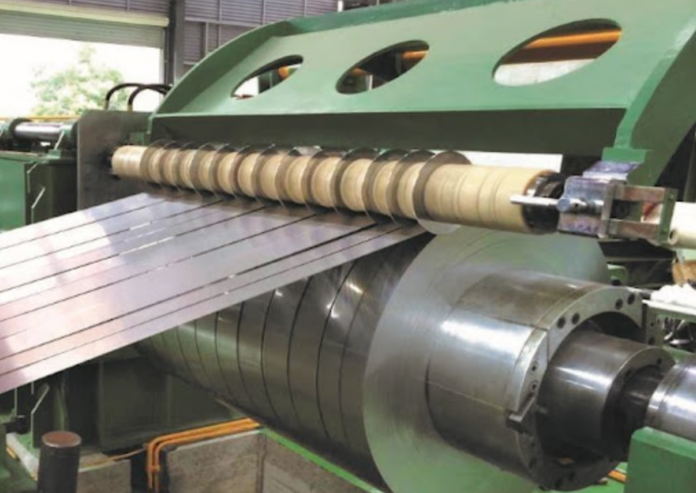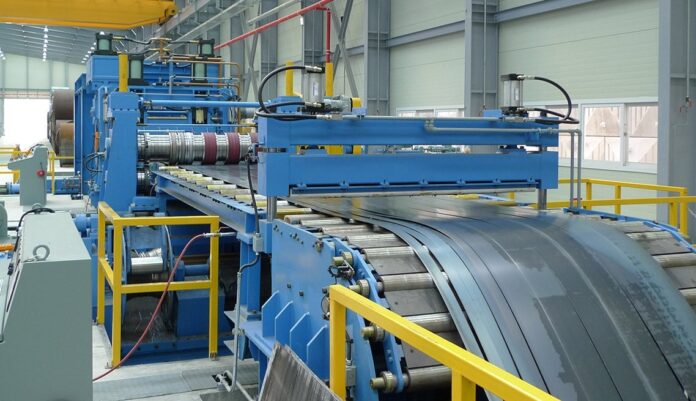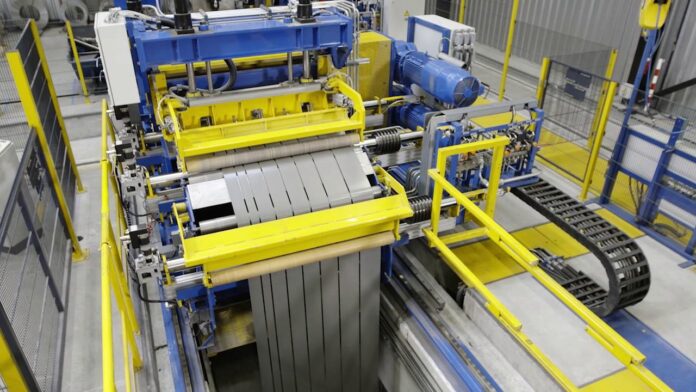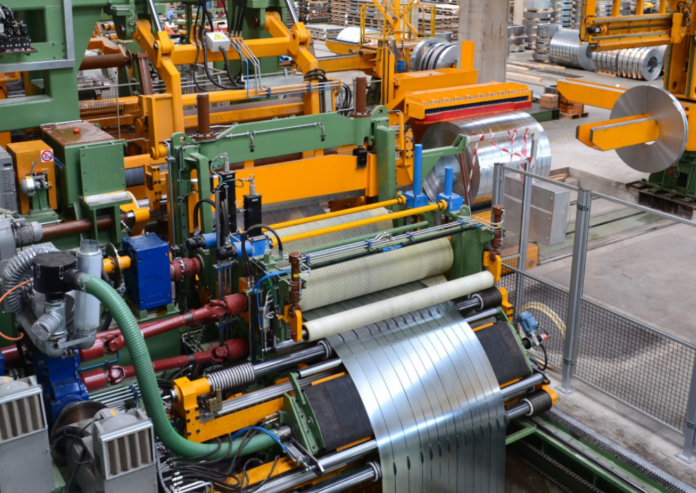5 Tips for Understanding the Slitting Line & Steel Slitting Process
PUBLISH DATE:2021-12-13
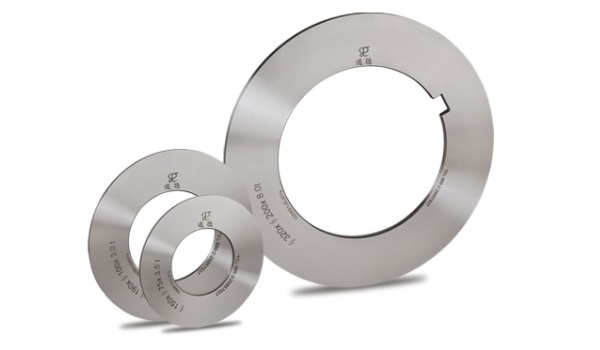
5 Tips for Understanding the Slitting Line & Steel Slitting Process
What is Steel Slitting Lines
Slitting line machinery and steel slitting processes are crucial to many different industries today. Without them, we wouldn’t be able to manufacture a wide range of products and components that are all made of metal.
As you probably already know, slitting is a process in which metal is slit into specific lenghts and widths required by the end application. It’s a core part of the majority of manufacturing processes that go on today, so understanding how it works is of the utmost importance.
Here we’ll tell you everything you ever wanted to know about slitting line and steel slitting processes, so keep on reading to find out!
Understand Different Types of Slitting Lines
Slitting Lines are the machines used to slit and cut metal into narrow rolls that are then used in other manufacturing processes. There’s more than just one type of slitting machinery. Depending on their specific purpose and materials they’re designed to cut, there are light gauge, medium gauge, and heavy gaug slitting lines available.
As the name suggests, light gauge machines are designed to process lighter materials such as stainless steel, aluminum, and tin plates. Medium gauge ones handle heavier materials and provide additional processing such as scrap winding and balling. Lastly, heavy gauge slitting lines are the most powerful machines on this list, and as such are used in heavy-duty industrial processes and high-strenght metal cutting.
Only experienced staff should handle the steel slitting process
Slitting Line operators must be extremely experienced before they even come close to the machine itself. They’ll need to inspect the cut strips after every iteration to ensure every mult fits the specified requirements properly. This requires them to have the neccesary knowledge and experience before they start working with the slitting line.
Understanding knife clearance is key to precise steel slitting work
As noted at slitterline.com, knife clearance is by far the most important factor in steel slitting processes, especially when we’re talking about horizontal clearance. If you’re unfamiliar with the terms, we suggest you research them thouroughly before proceeding.
All slitting projects are different, so knowing which clearance is correct may be impossible without some testing and adjusting. The general rule of thumb in most steel slitting processes is probably: what gives you the results you need is the correct way to go about it.
The quality of the machines and the metal itself should always be your priority
Make sure you invest in high-quality slitting machinery above all else. In this way, you’ll ensure precision, speed, and effectiveness of your daily slitting operations.
The same thing goes for when you’re choosing the materials. Poor quality steel or aluminum won’t give you the same results as high-quality metal – it’s as simple as that.
The tooling should always be properly maintained
If you’ve been having issues with the edges of your slitted materials, or if your knives seem to be getting duller and duller as the time passes, you might need to take better care of your tooling. It’s what makes the difference between a good setup and a bad one. Please feel free to contact us, we are the expert of slitting machine and slitting line.
